India Republic Day 2016: Photos And Facts About The National Holiday
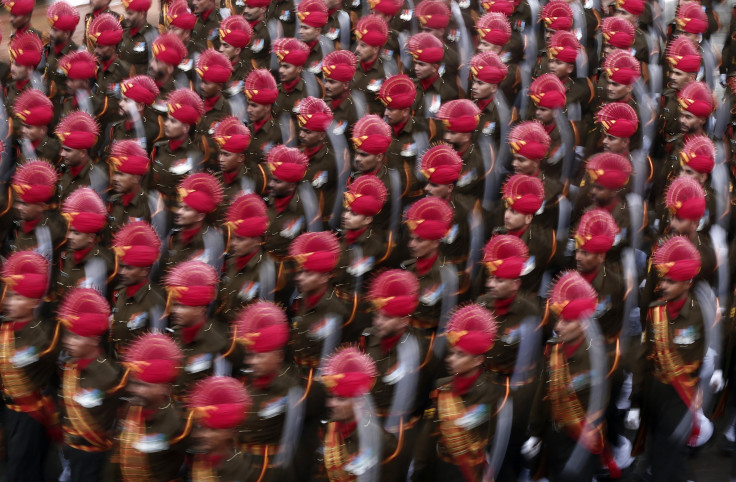
After 200 years of being under the yoke of Great Britain’s colonial empire, the Constitution of India took effect Jan. 26, 1950, creating what would later become the largest democracy in the world. Since then, the South Asian country has celebrated the day as its Republic Day, marking the day it gave itself its own governing document, replacing the British-enacted Government of India Act of 1935.
While Great Britain promised India its independence following World War II, the country faced much strife in its journey to freedom. Indian independence leader M.K. Gandhi, or Mahatma Gandhi as he was popularly known, tried for years to get the British to give the subcontinent the freedom to rule itself, but after the war, talks between Gandhi, the British and the Muslim League — an Indian political party that wanted a separate Muslim-majority state — stalled.

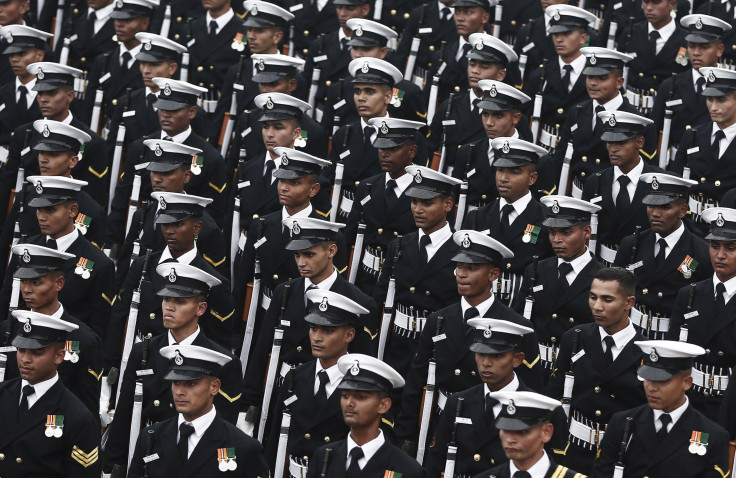
The British supported the two-nation theory and, eventually, the subcontinent was divided along religious lines, separated into Hindu-majority India and the Muslim-dominated Pakistan. Religious violence was rife in the area, and thousands died as a result. Gandhi himself was shot by a Hindu nationalist in January 1948. The government cracked down on extremists, the violence dissipated and in November 1949 the new constitution was adopted.
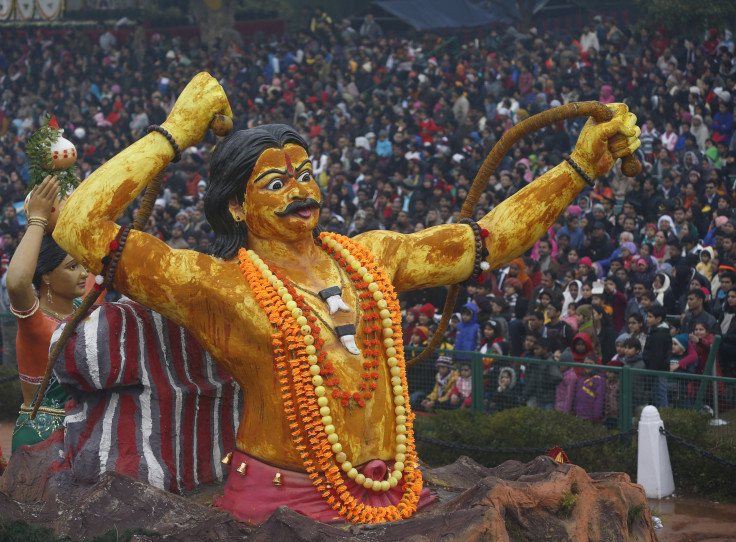

India commemorates Republic Day with a ceremonial parade in New Delhi, performed by the Indian armed forces and various paramilitary forces, as well as various cultural performances by schoolchildren and the country's many states. The president of India unfurls the national flag at the beginning of the parade, and the celebration officially comes to a close three days later, on the evening of Jan. 29 with a ceremony called Beating Retreat.
The Indian flag was adopted in 1947, even before India became an independent country. For many years, it could only be put up by people in their homes on national holidays, but the national flag code was changed in 2002 to allow people to fly the flag on any day, so long as it is with due decorum.
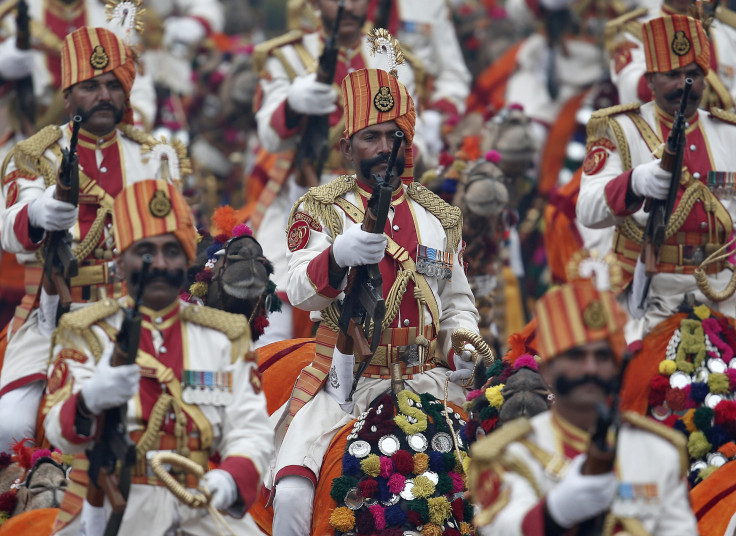

For the 2016 celebration, French President Francois Hollande is expected to be the chief guest, an honor given to a different head of state every year, India Today reported. Last year’s guest was U.S. President Barack Obama.
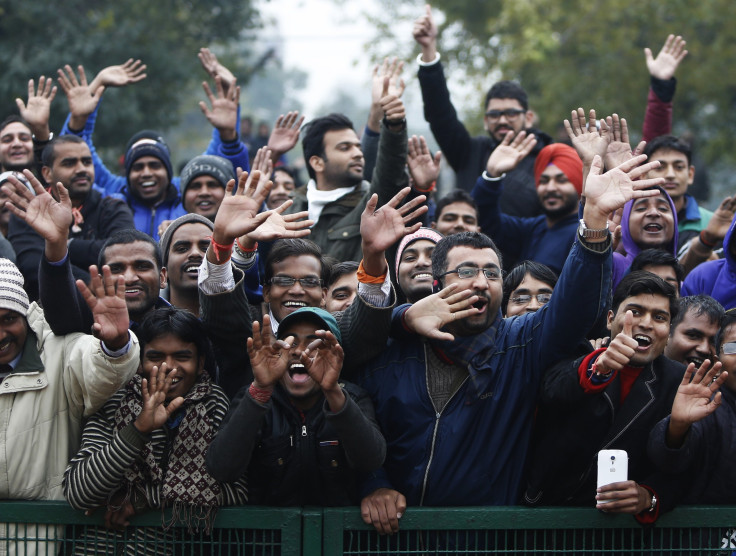
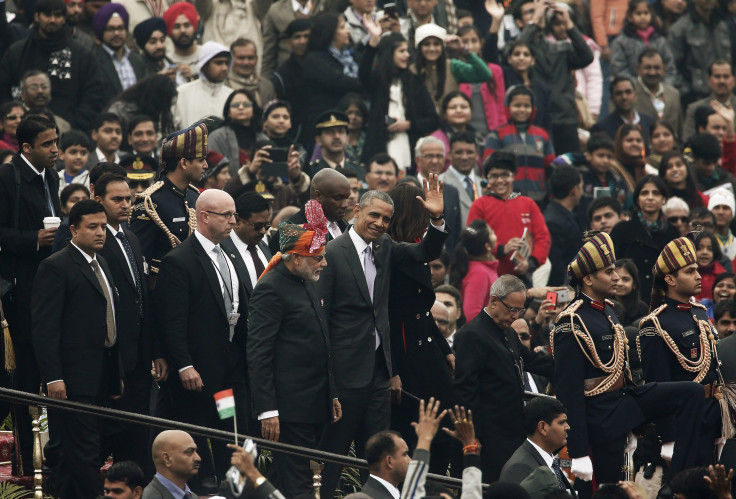
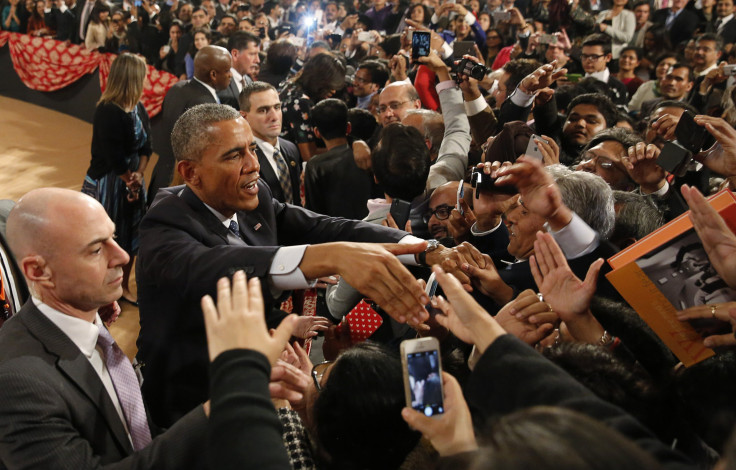
© Copyright IBTimes 2025. All rights reserved.





















